Learn about the history and culture related to all aspects of Asian style furniture and decor, and pick up some interior design insight along the way!
About Our Products
About the Designs
- Blue and White Pattern
- Chinese Dragon
- Chinese Double Happiness
- Fenghuang (Chinese Phoenix)
- Foo Dogs
- Guanyin (Chinese Bodhisattva)
- Kirin
- Longevity Symbol
- The Dragon's Pearl
- Sanxing (Chinese Three Gods)
Lifestyle & Culture
- 10 Exquisite Asian Decor Pieces to Elevate Your Space
- 12 Asian Home Decor Furnishing Ideas
- Chinese New Year - History & Traditions
- Chinese New Year 2020 - Year of the Golden Rat
- Chinese New Year 2021 - Year of the Metal Ox
- Chinese New Year 2022 - Year of the Water Tiger
- Chinese New Year 2023 - Year of the Water Rabbit
- Chinese New Year 2024 - Year of the Wood Dragon
About Our Products - Featured
The Terracotta Warriors of Qin Shi Huang
March 25, 2020Unearthed in 1974, China's Terracotta Warriors are a world famous attraction. Having made the rounds being featured in the world's most prestigious musuems for the past several decades, public admiration for these clay sculptures has only grown with the passage of time.
The story behind the creation of the Terracotta army is both a historical account of China's first emperor, as well as a study on art and culture immediately following China's Warring States period.
Chinese Cabinets: History and Carpentry
February 14, 2020Up until the early 18th century, furniture style and manufacturing processes were clearly distinguishable in the east and west. Increased trade during this time fostered a great exchange of culture and ideas. Chinese furniture was remarkable in the eyes of Europeans both for the advanced carpentry techniques used as well as the intriguing oriental aesthetic.
It is no stretch to say that the furniture made in China during this time was of the highest quality throughout the world.
Chinoiserie: A Style Blending East and West
February 4, 2020Chinoiserie originated as a western European style of decorative art that first began appearing in the 17th century and has persisted in popularity to this day. It shares many elements with French rococo style such as heavy use of ornamentation or decoration, stylized nature, gilding, and overall extravagance.
However, the most signature quality is the use of fantasized imagery derived from European interpretations of life, art, and culture in pre-industrial China.
Japanese Furniture: Tansu Chests
December 9, 2020The Tansu originated during Japan's Edo period (1603-1868), a time regarded for economic expansion in which standards of living for common people improved. With a growing merchant class and more personal wealth, individuals were able to build large homes and accumulate more possessions than ever before.
This created greater demand for home furnishings that could provide adequate storage. Unique storage cabinetry lacking legs and known as 'Tansu' became a huge industry.
About the Designs - Featured
The Dragon's Pearl - A Chinese Folklore Legend
April 1, 2019The story of the dragon's pearl is one of the oldest and most well known tales in Chinese folklore. It is set in a rural province of central China, called Sze Chuan. Under the rule of a greedy and corrupt emperor, the people of this province were desolate with hunger and thirst.
There was barely sign of life, let alone vegetation. Of this despairing population, lived a peasant boy, named Nie Lang, and his mother. Each day, the boy ventured collecting as much grass...
Blue and White Porcelain
April 1, 2019One of the most popular patterns associated with Oriental design, blue and white, refers to a wide array of porcelain pottery painted with blue accents. Fired with a white base, the blue pigments are mixed with water, meticulously applied with a brush, and coated with a clear layer of glaze before it is sent into the kiln.
In contrast to common presumption, blue and white pottery actually originated in Iraq in the 9th century. Find it hard to believe?
Lifestyle & Culture - Featured
12 Asian Home Decor Ideas
June 19, 2020With influences ranging from Chinese to Tibetan, Japanese, and even French, there is a great deal of diversity available to designers and DIY enthusiasts looking to incorporate Asian home decor and furniture into a space.
You will discover that many of these styles originated centuries ago and have evolved over the years to be perfectly fit for the contemporary home. We have curated our top 12 suggestions for furnishing your home with a touch of Eastern style.
Chinese New Year - History & Traditions
January 17, 2020A holiday that has been celebrated for nearly 4000 years, the Chinese New Year Festival has origins spanning as far back as China's Shang Dynasty (1600-1046 BC). In those days, China was primarily an agrarian society, and Chinese New Year started as a celebration to mark the conclusion of the cycle of seasons determined by the lunar calendar.
This was an especially momentous occasion celebrating the past year’s harvests, and incorporated worshipping and praying for...


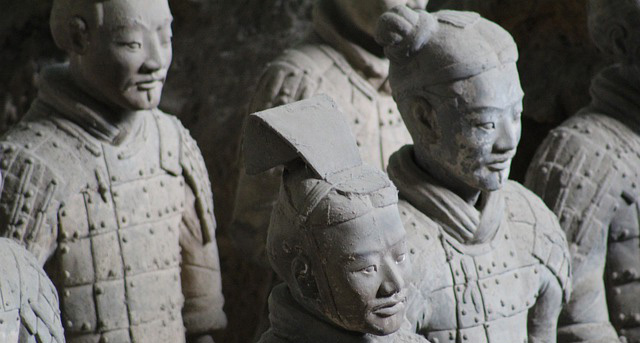
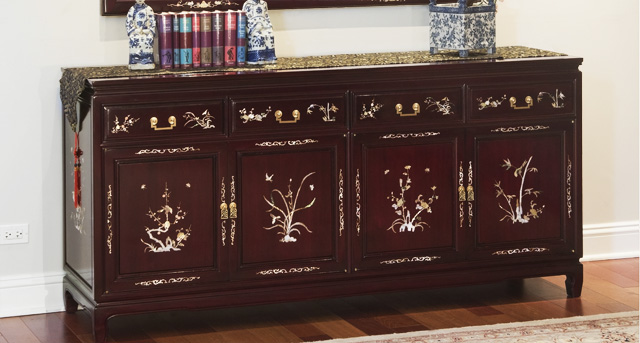
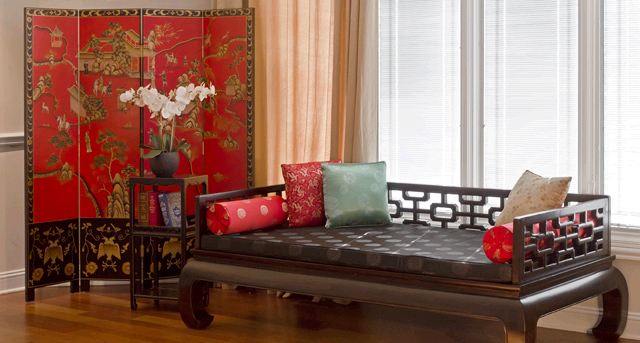
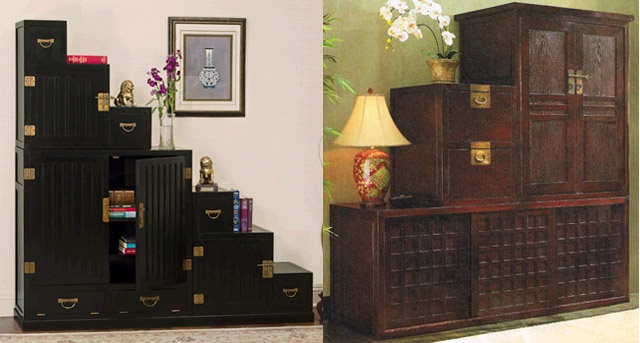
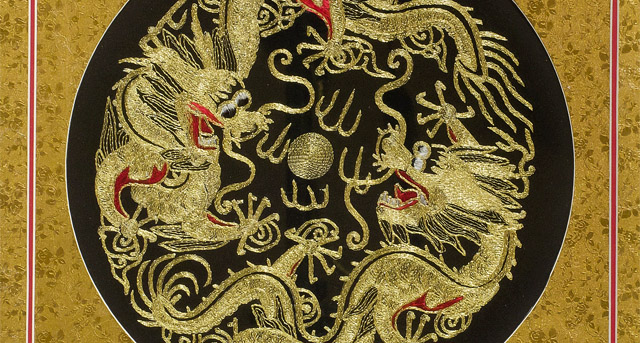
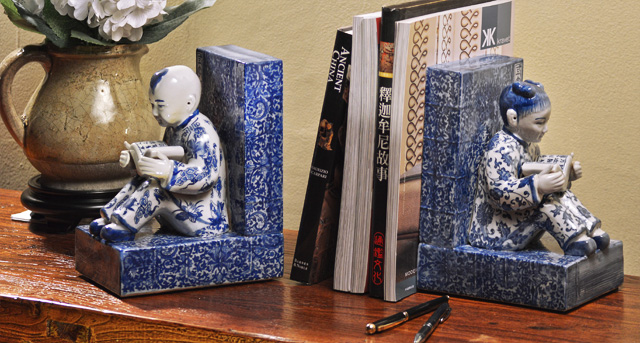
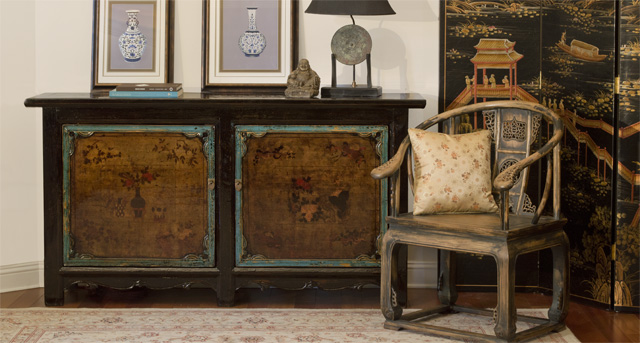
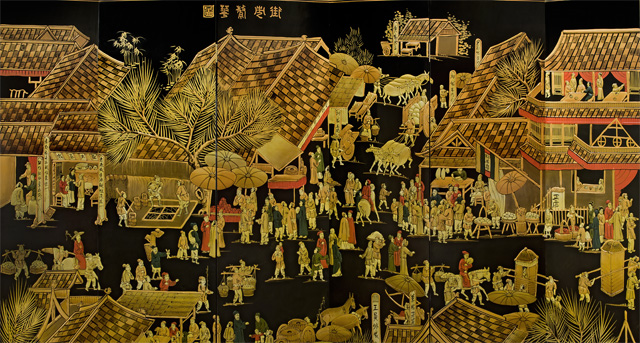
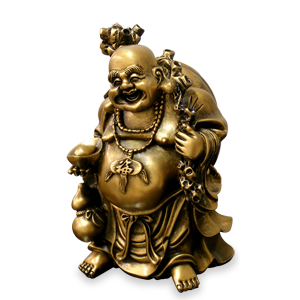
SocialMedia